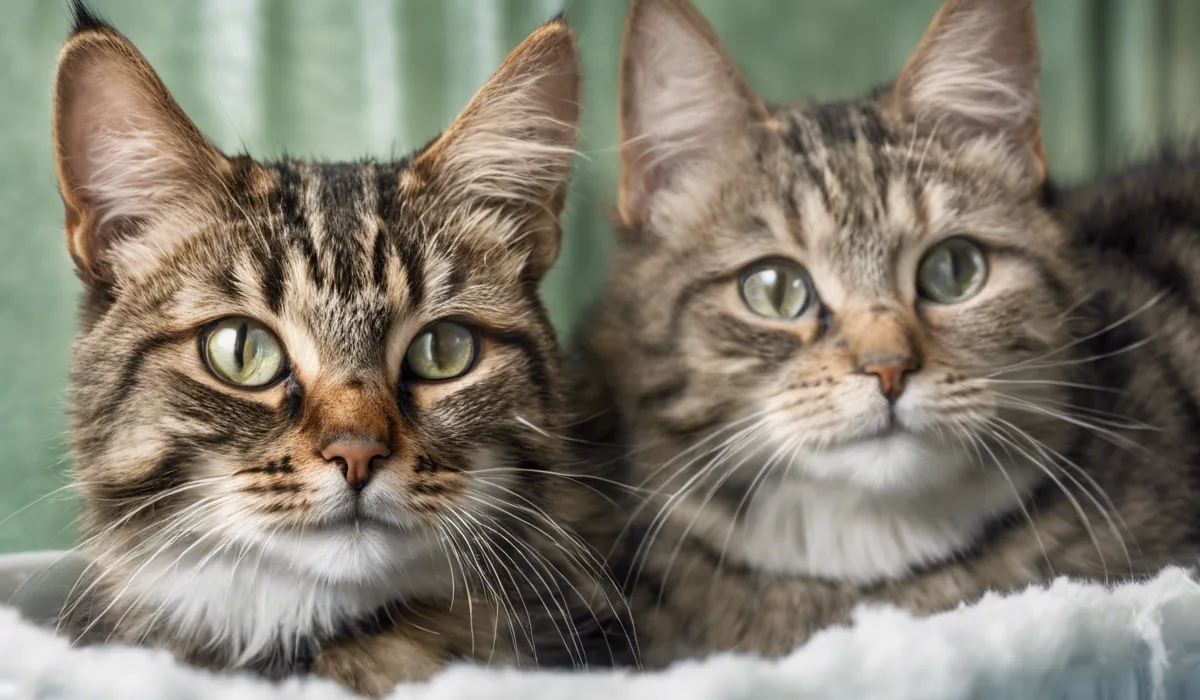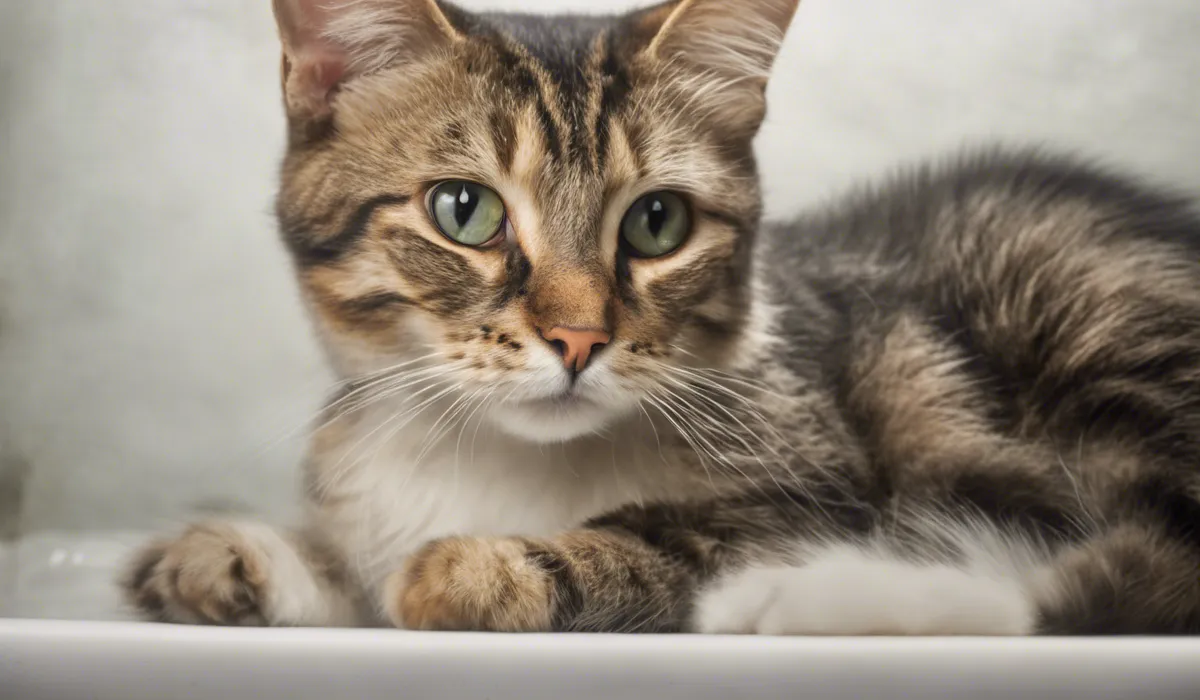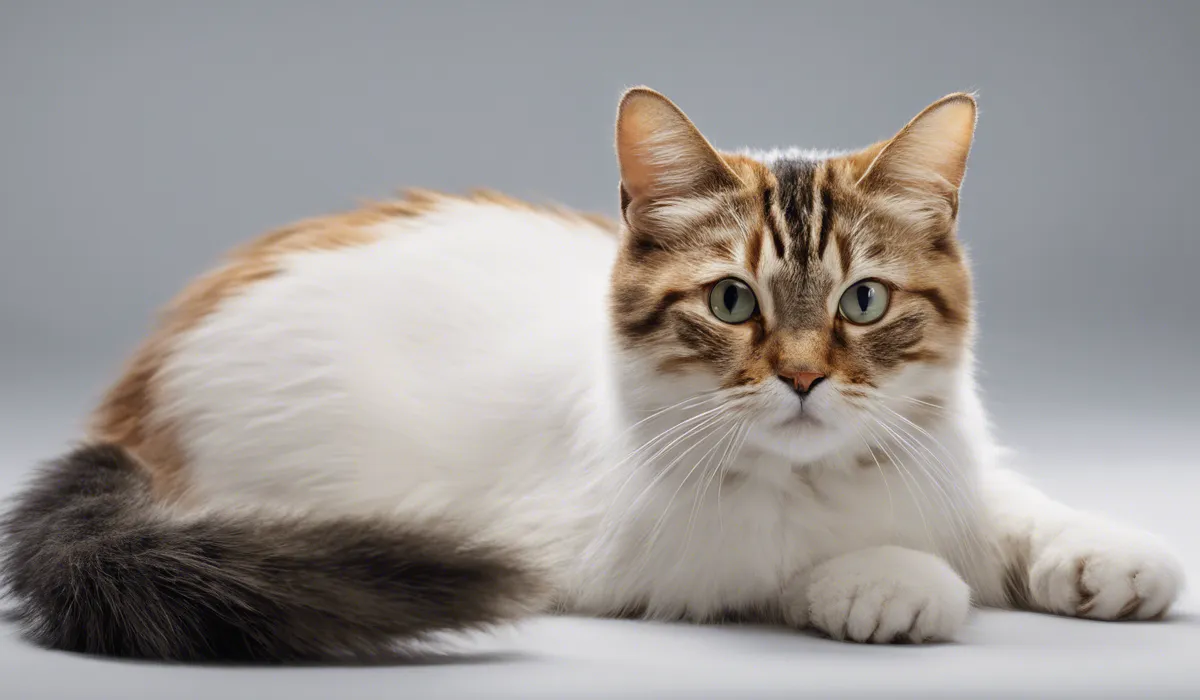Yes, mold can affect cats, potentially causing respiratory issues and allergic reactions. Symptoms to watch for include coughing, wheezing, and excessive scratching. Immediate veterinary care is crucial if mold exposure is suspected in cats.
Health Risks of Mold Exposure to Cats

Understanding Mold and Its Growth
Mold is a type of fungus that thrives in moist environments. It reproduces through tiny spores that float through the air, landing on surfaces where they can grow.
When these spores find a damp spot, they can start to grow and spread. Mold is not only unsightly but it can also pose serious health risks to both humans and animals, including our feline friends.
Common Household Molds
Several types of mold are found in homes, and some of the most common include Aspergillus, Penicillium, Cladosporium, and Stachybotrys, also known as black mold.
These molds can grow on a variety of surfaces such as walls, ceilings, and even on food or fabrics.
Each type of mold has its characteristics and potential health effects, which is why it’s important to identify and address them quickly.
Recognizing Symptoms of Mold Exposure in Cats
Cats exposed to mold may exhibit various symptoms that indicate respiratory distress or allergic reactions.
Keep an eye out for signs such as coughing, wheezing, difficulty breathing, nosebleeds, and lethargy.
If your cat is constantly scratching or developing skin rashes, this could also be a reaction to mold. These symptoms should not be ignored, as they can lead to more serious health issues.
Mycotoxin Poisoning in Cats
Certain molds produce toxic substances called mycotoxins, which can be very harmful to cats if ingested.
Symptoms of mycotoxin poisoning include vomiting, diarrhea, tremors, and in severe cases, seizures.
It’s critical to be aware of these dangers, as ingestion often happens when cats eat mold-contaminated food or groom themselves after coming into contact with mold.
Impact on Immunocompromised Cats
Cats with weakened immune systems are at a higher risk when exposed to mold. Immunocompromised cats may struggle to fight off the mold spores, leading to more severe health problems.
It’s essential to provide these cats with a mold-free environment to prevent any additional health complications.
Chronic Exposure and Long-Term Effects
Long-term exposure to mold can lead to chronic health issues in cats. These may include ongoing respiratory problems and a weakened immune system, making them more susceptible to other illnesses.
It’s important to address mold issues promptly to avoid long-lasting effects on your cat’s health.
Preventing Mold Exposure in Cats

Clean, Dry, and Ventilated Environments
Maintaining a clean, dry, and well-ventilated home is key to preventing mold growth. This can be achieved by using fans or opening windows to improve air circulation, especially in areas like the bathroom or kitchen where moisture is common.
Mold Prevention Strategies
Preventing mold involves controlling humidity levels, fixing leaks promptly, cleaning regularly, and using tools like dehumidifiers or air purifiers to keep the air clean. Keeping indoor humidity below 50% can significantly reduce the risk of mold growth.
Regularly inspecting your home for signs of mold and addressing them immediately is also crucial.
Choosing Safe Cleaning Products
When cleaning mold, it’s important to use products that are safe for pets. Avoid harsh chemicals that can be toxic to cats and opt for natural, pet-friendly options.
Additionally, keep your pets away from the area while cleaning to prevent any accidental exposure.
Routine Vet Visits for Early Detection
Regular veterinary check-ups can help in the early detection of mold-related health issues.
If your vet is aware of your living environment, they can better monitor your cat’s health for any signs of mold exposure and take prompt action if needed.
Treatment Options for Cats Exposed to Mold

Immediate Actions for Suspected Exposure
If you suspect your cat has been exposed to mold, immediately remove them from the affected area and seek veterinary care.
Your vet will guide you on the necessary steps, which may include bathing your cat to remove mold spores from their fur.
Veterinary Diagnosis and Treatment
Veterinarians play a critical role in diagnosing and treating mold exposure in cats.
They may perform tests to determine the extent of the exposure and the best course of treatment, which could include medication to alleviate symptoms and detoxification to remove toxins from the body.
Common Treatments for Exposed Cats
Detoxification, supportive care, and medication are common treatments for cats that have been exposed to mold.
Your vet may prescribe antifungal medications or other treatments to address the symptoms and help your cat recover.
Eliminating Mold Sources
To prevent re-exposure, it’s crucial to remove the source of mold from your home. This may involve professional mold remediation, especially if the mold is extensive.
Ensuring that the environment is safe and mold-free is vital for your cat’s recovery and ongoing health.
Protecting Other Household Pets
Finally, if one pet has been exposed to mold, it’s important to monitor and protect other pets in the household.
Keep all pets away from the contaminated area, and follow your vet’s advice to ensure they remain healthy and mold-free.
FAQs About Mold Effects on Cats
Can mold cause health problems in cats?
Yes, mold can cause health problems in cats, including respiratory issues and allergic reactions.
What are the symptoms of mold exposure in cats?
Common symptoms include coughing, wheezing, and excessive scratching. Cats might also show signs of discomfort or illness.
Is immediate veterinary care necessary for cats exposed to mold?
Yes, if you suspect your cat has been exposed to mold, it is crucial to seek immediate veterinary care.
Can mold exposure be fatal to cats?
Severe cases of mold exposure can be very serious and potentially fatal if not treated promptly.
How can I protect my cat from mold exposure?
Keep your home free from dampness, clean visible mold immediately, and ensure good ventilation to reduce the risk of mold growth.
Final Thoughts
Mold poses a real health risk to cats, leading to respiratory problems and allergic reactions.
It’s crucial to monitor for signs such as coughing, wheezing, or excessive scratching. Should these symptoms arise, prompt veterinary attention is necessary to address possible mold exposure and ensure the well-being of feline companions.
Useful Resources
- https://www.vet.cornell.edu/departments-centers-and-institutes/cornell-feline-health-center/health-information/feline-health-topics/feline-asthma-risky-business-many-cats
- https://www.fda.gov/animal-veterinary/animal-health-literacy/aflatoxin-poisoning-pets
- https://www.vet.cornell.edu/departments-centers-and-institutes/cornell-feline-health-center/health-information/feline-health-topics/respiratory-infections
